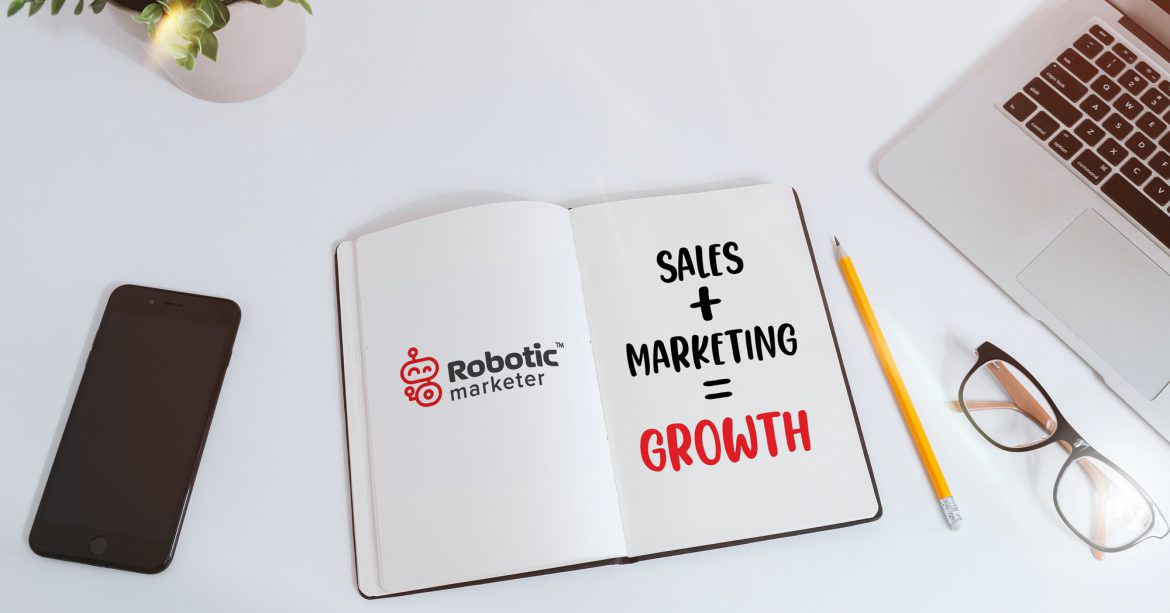Decoding Kanye West’s Marketing Strategy: Lessons for Success
Kanye West, known for his groundbreaking music and bold persona, made headlines with his unique marketing strategy during the Super Bowl. By advertising his products during the event and pricing them at $20 each, he generated a staggering $20 million in sales within days. Let’s systematically ...
A guide to Lead Generation in 2023
In 2023, lead generation will be different. Why? As most of our customers no longer interact with us in person and new technologies are replacing old ones, like search engines and email marketing, how we adjust to the work-from-home environment will determine how well we can use customer ...
What Are The Differences Between Sales & Marketing – And How To Align Them
The two words “sales” and “marketing” are often used interchangeably in a business environment. But do you know they carry very different goals and functions?






